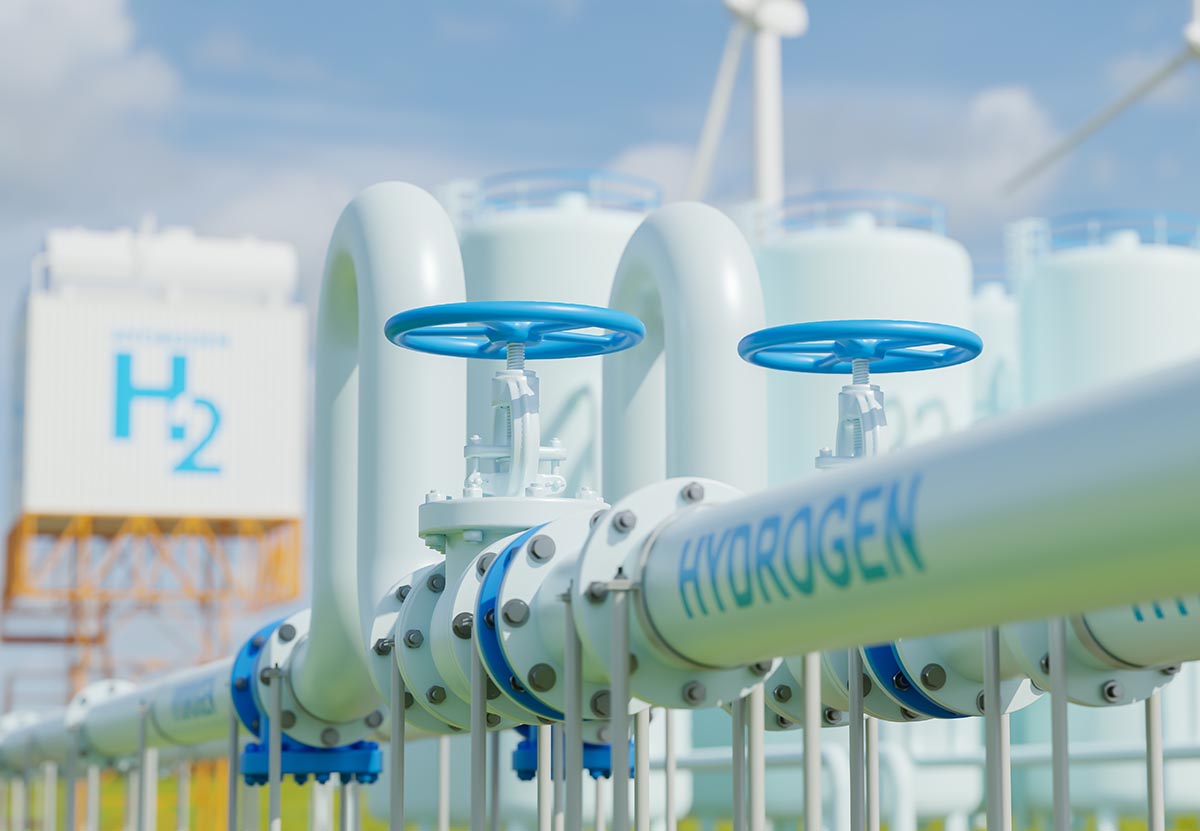
Australia hydrogen industry: Unlocking global energy potential
Hydrogen, the most abundant element in the universe, presents a transformative opportunity in the energy sector as a clean, sustainable alternative to fossil fuels. With growing global momentum, the International Energy Agency (IEA) forecasts that low-emission hydrogen production will rise from 30 million tonnes in 2030 to more than 250 million tonnes by 2050 under an Announced Pledges Scenario that includes all recent major national announcements.
This growth underscores significant economic potential, including an estimated USD280 billion in interregional trade by 2050. Countries are scrambling to seize these emerging opportunities. In 2019, Australia unveiled its first National Hydrogen Strategy, setting out a blueprint for both domestic use and export.
However, the incumbent Australian Labor government, led by Anthony Albanese, has faced sharp criticism from various quarters over delays and failures to create a robust hydrogen market, with some labelling the sector as “dead.”
In July, Australian mining billionaire Andrew Forrest, a prominent advocate for green hydrogen, revealed a sweeping restructuring at his company Fortescue, which included 700 job cuts. Fortescue has scaled back its green hydrogen ambitions, abandoning a previously announced target of producing 15 million tonnes annually by 2030. Some commentators have highlighted the government’s insufficient incentives as a key factor hampering growth in the fledgling industry.
Australia may have silenced some of its critics with the release of the revitalised 2024 National Hydrogen Strategy on September 13, 2024, which the government says reflects a “deep commitment to advancing the Australian hydrogen industry across all levels of government.” Chris Bowen, Australia’s minister for Climate Change and Energy, described it as “another step towards unlocking Australian hydrogen’s world-class potential.”
The updated strategy aims to create a competitive hydrogen industry that supports Australia’s net zero transition while positioning the country as a major global player. It reflects market developments, advances in technology, and changes in the international policy landscape since 2019. The strategy was developed in consultation with state and territory governments, industry stakeholders and a multidisciplinary advisory group. Notably, it received 115 submissions to the consultation paper and included face-to-face meetings with more than 65 stakeholders.
Australia currently uses 500,000 tonnes of hydrogen per year in industrial applications. Most locally produced hydrogen is made from natural gas, generating greenhouse gas emissions. The hydrogen strategy announcement notes Australia’s 2022 greenhouse gas reduction targets, which aim to reduce greenhouse gas emissions by 43% below 2005 levels by 2030 and achieve net zero emissions by 2050.
Replacing natural gas with renewable hydrogen can avoid 6.2 tonnes of carbon dioxide (CO2) emissions for every tonne of hydrogen used. The updated strategy projects that by 2050, Australian hydrogen production could avoid between 93 and 186 million tonnes of CO2 emissions annually.
Renewable hydrogen is a priority industry in the government’s AUD22.7 billion (USD15.6 billion) Future Made in Australia plan. The hydrogen strategy provides a framework to guide hydrogen production, use and export, with four key objectives supported by 34 actions. It aims to develop a globally cost-competitive hydrogen industry, identify and support the most promising hydrogen demand sectors, ensure the community realises the benefits of hydrogen through job creation and economic opportunities, and establish large-scale trade. An export target of 200,000 tonnes by 2030, with a stretch goal of 1.2 million tonnes per year, is included.
Bowen emphasised Australia’s motivation to become a global leader in hydrogen. The country’s extensive renewable energy resources, including abundant solar and wind power, position it well for this role. According to the IEA, Australia’s hydrogen pipeline is the largest of any single country, with more than 100 projects announced since 2019. This accounts for 20% of all global projects, valued at AUD225 billion (USD155.3 billion) or more, and includes roughly half of all export-oriented developments announced worldwide. However, most of these projects are still in the feasibility or engineering stages.
The strategy emphasises support for hard-to-abate sectors and focuses on areas with the highest potential for hydrogen demand. It identifies long-haul transport, including heavy road freight, aviation, and shipping, but does not address passenger cars. The approach also prioritises green metals, particularly iron and alumina, and ammonia, where clean hydrogen is considered the only viable solution for decarbonising current production methods. Ammonia will play a critical role in decarbonising the maritime industry and in manufacturing fertilizers and explosives. Additionally, the strategy recognises hydrogen’s potential in power generation and grid support, contributing to the increased integration of renewables into electricity grids.
The high cost of renewable hydrogen production continues to be a major barrier, with the expense of renewable energy and electrolysers key contributors. In Australia, the current cost of hydrogen ranges from AUD5-10/kg (approximately USD3-7/kg). The government has outlined substantial production support, including the Hydrogen Production Tax Incentive and Hydrogen Headstart programs. These initiatives, announced in the 2024-25 Federal Budget, aim to drive economies of scale, accelerate investment, and reduce the cost gap—ultimately helping to lower production costs.
Renewable energy costs are anticipated to fall by 40-60% by 2050, while electrolyser costs could decrease by 88-94%. Projections suggest that hydrogen production costs at the ‘farmgate’ could fall below USD2/kg by 2050 in many locations.

The Hydrogen Production Tax Incentive (HPTI) provides time-limited, demand-driven support to eligible producers through Australia’s tax system until 2040. The Hydrogen Headstart program aims to address the current financial gap by targeting early movers in the industry with well-developed projects.
Australia is targeting production of at least 15 million tonnes of hydrogen annually by 2050, with an ambitious stretch goal of 30 million tonnes. Achievements will be gauged through five-year milestones, beginning with 500,000 tonnes by 2030 and a stretch of 1.5 million tonnes. By 2040, annual production is projected at between 5 and 12 million tonnes. Progress will be tracked in the annual State of Hydrogen report, with the hydrogen strategy to undergo a comprehensive review in 2029.
Scaling hydrogen production in the 2030s and 2040s will require significant investments in renewable energy and supporting infrastructure. The Australian government’s investment in hydrogen hubs in regional Australia is a crucial foundation for the industry’s growth.
The strategy highlights the hydrogen ambitions of several key trading partners. Japan aims to use 3 million tonnes of hydrogen annually by 2030 with a goal of 20 million tonnes by 2050. South Korea targets 3.9 million tonnes per year by 2030 and the European Union plans to import 10 million tonnes of hydrogen by 2030, alongside 10 million tonnes of domestic production.







